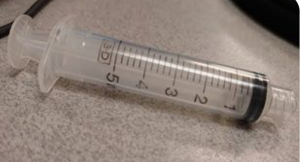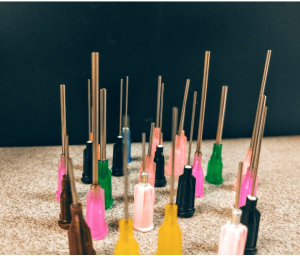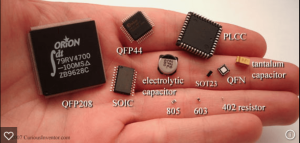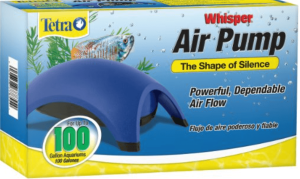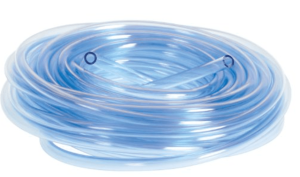Spring 2016 3D SMD: Vacuum System Trade-Off Study
By Henry Nguyen ( Electronics and Control)
DISCLAIMER: We have not purchase our vacuum pump; however, we spoke to President Watts and he would like to see the procedure for this trade off study. This blog will be updated when we obtain our materials and perform our tests.
Introduction
In order to find a vacuum pump that best suits our pick and place SMD machine, we needed to compare several different options. Considering pressure and cost will be crucial for this trade off study. Our goal is to find a vacuum pump that is able to pick up surface mount components and IC chips. We found that we can modify a 60 -100 gallon Tetra Whisper Aquarium pump to act as a vacuum for the price of $17.59.
Equipment and Materials
Figure 1. 5 mL Syringe Figure 2. Needle heads
- A 5mL syringe with a small needle with a diameter of less than 0.50mm
Figure 3. Various surface mount components and IC Chips
2. Various surface mount components and IC Chips
Figure 4. Tetra Aquarium Pump
3. Vacuum pump (Modified aquarium pump)
Figure 5. Tubing
4. 3/16” tubing
Procedure
- We will modifying the following aquarium pump in order to turn it into a vacuum pump. The following link provides step-by-step details on how to modify our aquarium pump
- Tubing length will be cut to be as short as possible to allow maximum suction pressure. The size will be determined based on the design of our aluminum surface table. (Approximately 1.5 – 3 ft)
- A 5mL syringe will be used as our vacuum head and will be modified by connecting our tubing to the syringe and our vacuum
- After setting up our equipment, we will be testing whether or not our vacuum is able to pick up a 402 component.
- Next we will be testing the heaviest IC chip that we have access to in order to determine if our small needle is able to pick up the IC Chip.
- Our last step is to test how much mass our vacuum pump is able to pick up. In order to do so, we will have a small scale with an accuracy of 0.1 grams and we will place an object on that scale. We will use our vacuum to see how much grams is deducted of the total mass when attempting to pick up the object. The following video shows a demonstration of this process.
Results
- Currently unavailable until we purchase our equipment
Analysis/Discussion
- Currently unavailable until we purchase our equipment
Conclusions/Implications
- Currently unavailable until we purchase our equipment
References
Vacuum Pump modifcation and image:
Sponges, S. (n.d.). Build an SMD Vacuum Pick and Place Tool. Retrieved February 25, 2016, from http://www.instructables.com/id/Circuit-Board-Lab-POV-Business-Card/step5/
Vacuum Pump mass test:
EXAIR: Manufacturing compressed air products since 1983. (n.d.). Retrieved February 25, 2016, from http://www.exair.com/pages/theater.aspx?gi=13001
ICs Image:
Curious Inventor. (n.d.) Hand full of SMDs Labeled. Retrieved February 25, 2016, from
http://store.curiousinventor.com/media/smt/hand_full_of_smds_labeled.jpg
Tetra Whisper Aquarium Pump Image:
Tetra Whisper Air Pump (Non-UL). (n.d.). Retrieved February 26, 2016, from http://www.amazon.com/Tetra-77851-Whisper-Pump-10-Gallon/dp/B0009YJ4N6/ref=sr_1_1?s=pet-supplies
3/16” Tubing Image:
Python. (n.d.). Retrieved February 26, 2016, from http://www.amazon.com/Python-Airline-Tubing-Aquarium-25-Feet/dp/B000255NYQ/ref=pd_bia_nav_t_1?ie=UTF8

